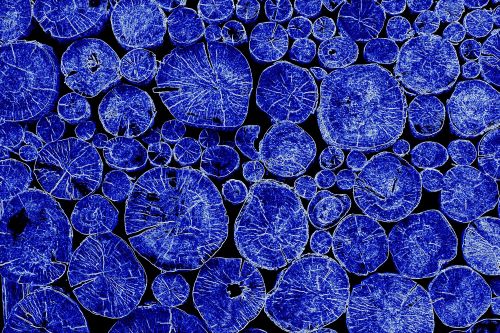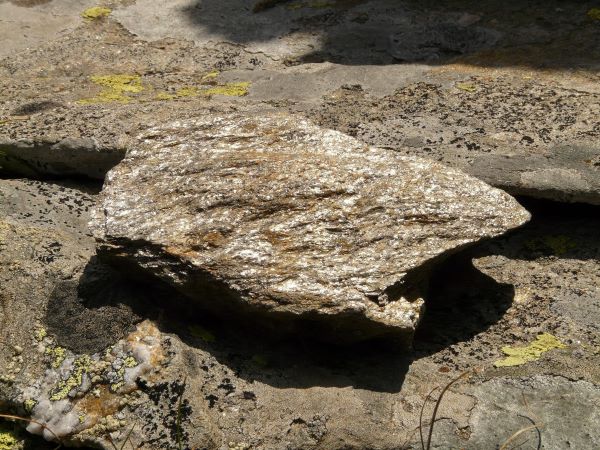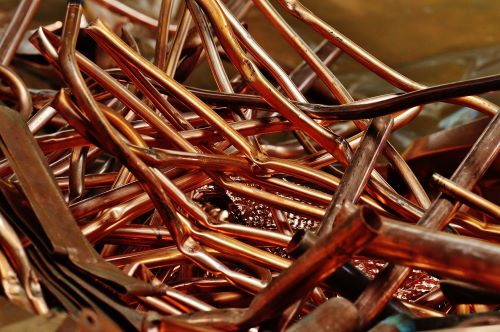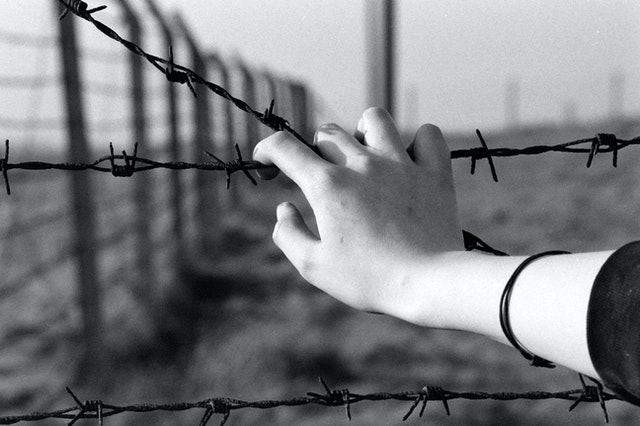Sadly enough, conflicts are affecting every continent. Not only do they threaten populations, but they also jeopardize the environment and hinder free trade. In particular, conflict-affected and high-risk areas (CAHRA) impact supply chains of various sectors, including the electronics industry. For example, different strategic minerals are amid geopolitical tensions. Let’s focus on some of them.
The so-called 3TGs minerals are especially subject to being under the control of terrorist organizations. These 3TGs are:
These minerals are present in many products, including jewelry, electronics, automotive, aerospace equipment, etc. Because of the growing demand for these products, recycling 3TGs is not sufficient. Therefore, the soil extraction of ore is necessary.
Unfortunately, many mines and resources of 3TGs are in conflict-affected and high-risk areas, such as Nord-Kivu in the Democratic Republic of the Congo (DRC).
To help stakeholders ensure conflict-free 3TGs, the Responsible Minerals Initiative (RMI) has developed a Conflict Minerals Reporting Template (CMRT).


Because of its presence in rechargeable batteries, cobalt has become particularly strategic. Like the 3TGs, the DRC has vast resources of cobalt.
With the Cobalt Reporting Template, the RMI also helps audit the origin of cobalt.
Micas are other strategic minerals. Indeed, they have insulation properties. Electronics (capacitors), electric cars, and paint can contain mica. It’s India that is one of the largest producers of mica.
Here again, RMI has created a Mica Reporting Template for audit purposes. Additionally, the RMI Extended Minerals Reporting Template enables the audit of both cobalt and mica.


Copper is another essential metal. Undoubtedly, copper is present in printed circuit boards, cables, or in many mechanical parts made of brass. Interestingly, copper alloys in electrical, electronic, or automotive applications may contain lead subject to RoHS and ELV exemptions.
Due to the growing demand for copper worldwide, its exploitation is very active. Admittedly, conflicts or risky areas affect players in this industry, like in the Democratic Republic of the Congo or Mexico.
Rare-earth elements are a category of heavy metals in the periodic table. For example, they are:
Rare earth serves in many strategic applications. For example, producers use rare earth in rechargeable batteries, ceramics, electronic equipment, or fiber optics.
Nevertheless, their extraction is a complex and potentially polluting one.

China holds a quasi-monopoly of rare-earth production. This situation brings risks of shortage, price control, and economic instability. Consequently, such circumstances may lead to conflicts worldwide.
With no surprise, conflict-affected and high-risk areas (CAHRA) extract many minerals.
For example, here are some of the countries with conflict-affected and high-risk areas, according to the European Union (under Regulation 2017/821):


Shockingly, various human abuses occur under conflicts:
For example, the Chinese Uyghur people are at risk of unethical systemic abuses. The Uyghur miners can suffer from poor working conditions and forced labor. As a result, smelters dealing with mines in the Xinjiang province are at risk.
Unquestionably, smelters play a central role when it comes to manufacturing ingots. They know where they purchase the minerals, either from scrap, refiners, brokers, or mines.
For this reason, RMI has developed a management system to audit these smelters. The objective of these audits is to determine which smelters have high-risk sources.
Is your supply chain affected by conflicts? What are these conflicts? How do you address the risks? Please contact Enviropass to discuss a compliance strategy!